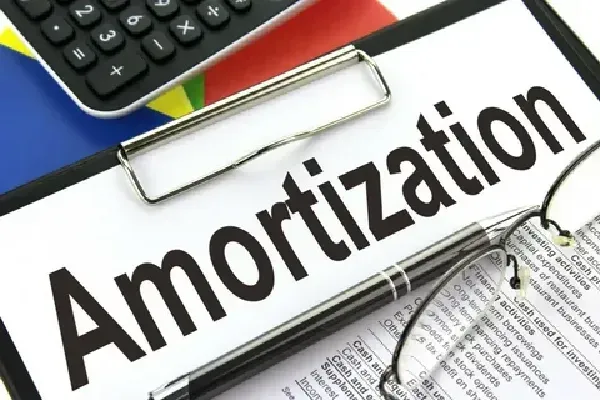
Home Loans and Negative Amortization
Home Loans and Negative Amortization

Understanding Negative Amortization in Home Loans
Owning a home is a key component of the American Dream and a fundamental aspect of middle-class life. However, negative amortization can transform this dream into a financial nightmare if not approached with caution.
What is Negative Amortization?
In a traditional home loan, your monthly payments are structured to pay off both principal and interest over a specified period. This structured repayment is known as amortization. However, with negative amortization, the repayment process differs significantly and can be quite risky.
Negative Amortization Explained:
Repayment Basics: Normally, each payment on a loan includes both principal and interest, ensuring that over time, the balance decreases. In contrast, with negative amortization, your initial payments may cover only a portion of the interest due, resulting in the accumulation of unpaid interest.
How It Works: In a negative amortization loan, the unpaid interest is added to the principal balance, which means you owe more over time than the original loan amount. Essentially, you start with a larger debt than initially borrowed, which grows as unpaid interest capitalizes.
Risks of Negative Amortization
1. Equity Challenges:
Equity Bet: Negative amortization relies on the assumption that the value of your home will increase faster than the accumulating interest. If your home's value does not appreciate as expected, you may end up owing more than your home is worth, leading to a situation where you are "upside down" on your mortgage.
Potential Problems: If the amount you owe exceeds the home's value, you could face significant financial difficulties, especially if you need to sell the property or refinance.
2. Loan Conversion or Balloon Payments:
Debt Cap: To prevent endless accumulation of debt, negative amortization loans typically have a debt cap. Once the total debt reaches a predetermined percentage above the original loan amount (e.g., 115% of the home's value), the loan may either convert to a standard loan with higher payments or become due in full.
Sudden Payment Increases: When the loan converts or becomes due, you might face significantly higher monthly payments or a lump-sum payment, which can be financially overwhelming and lead to default if you cannot meet the new terms.
Evaluating Negative Amortization Loans
**1. Attractive But Risky: Negative amortization loans might appear attractive if you are trying to purchase a home just beyond your budget, as they often feature lower initial payments. However, they come with the risk of escalating debt, so it's crucial to carefully consider whether this risk is manageable for your financial situation.
**2. Long-Term Consequences: Always evaluate the long-term implications of negative amortization loans. Ensure you fully understand how interest will accrue and how it might affect your overall financial health.
**3. Seek Professional Advice: Consult with a financial advisor or mortgage specialist to thoroughly assess the terms of any negative amortization loan and explore safer alternatives that align with your financial goals and capacity.
**4. Explore Alternatives: If negative amortization seems risky, consider traditional mortgage options or other loan structures that offer more predictable repayment terms and avoid the potential pitfalls of negative amortization.
By understanding the nature and risks of negative amortization, you can make more informed decisions and avoid the potential pitfalls associated with this type of loan, ensuring that homeownership remains a rewarding and sustainable experience.
